Every clothing brand out there right now wants to be considered sustainable fashion. At the very basis of the concept of sustainability is the desire for the brand to be “successful,” meaning it is profitable, people buy it, they love it, they tell their friends, wash, rinse, repeat. But what does sustainable fashion actually mean?
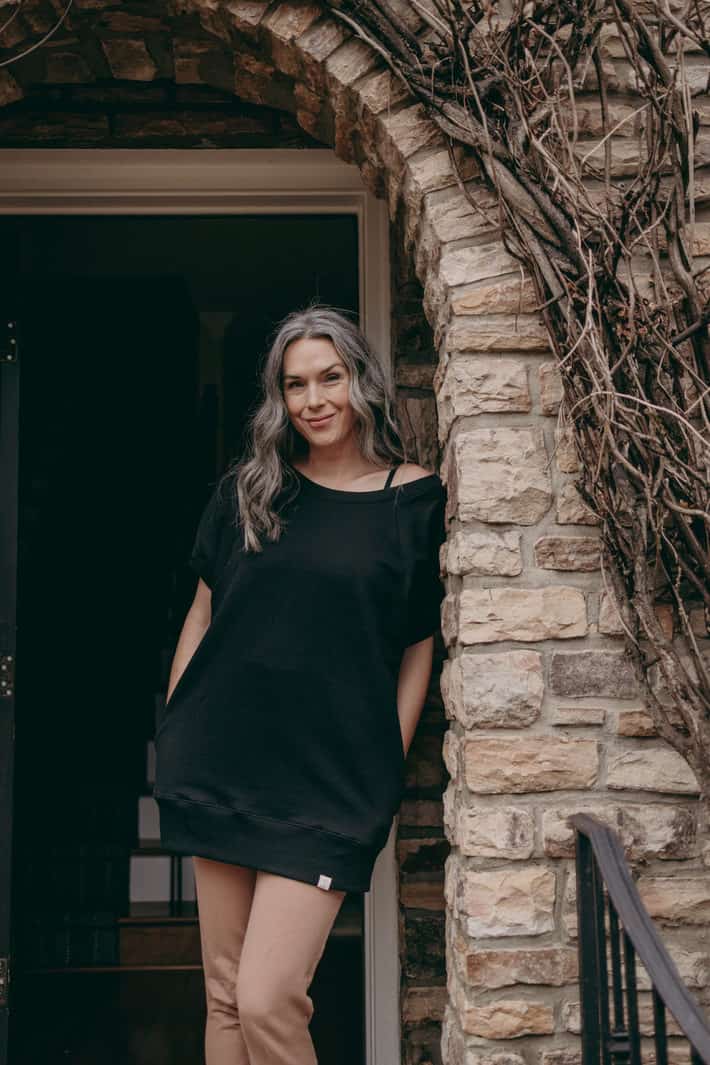
LOVETRUST and Quince have paid a small fee to be featured in this roundup, but we only recommend brands that we truly believe in. Support our editorial work by supporting them!
By: Emily Barth Isler
IN THIS POST:
But sustainability has become trendy, which is, in many ways, great, in that brands are doing more than ever to offset their environmental impact and address the health and safety of consumers and employees. It also means that bigger, more established brands built on more traditional retail and production principles might try to appear more sustainable than they actually are.
This is true so much so that even the most “fast fashion” brands like H&M and Zara have, for example, an “Eco Edit” collection or “Conscious Choice” lines, and have for a while. At this point in time, with the climate crisis, economic disparity and the lack of a living wage for so many people, one could argue that any step forward towards sustainability is better than nothing.
But is it really enough to use organically grown cotton if you don’t pay your employees a living wage? Is it good enough to use solar power to run your machinery if you’re using synthetic fabrics and fast fashion practices?
Much like our conclusions around the “naturals vs synthetics” debate about ingredients in skincare, it’s ultimately not up to the brand—or us, journalists/bloggers/etc.—to make these kinds of decisions. In fashion as in any other capitalist industry (which is, um, all of them), the consumer drives the market. All we can do is provide as much education, knowledge and transparency as possible and let people buy what they want to.
RELATED: How to shop for sustainable jewelry.
That said, we know you’re likely a devotee of The New Knew because you DO want to do better. You’re likely looking for better choices, more information and recs for the best of the best. You probably also don’t want to support “greenwashing”—yes, the same term we use for beauty brands who claim that a product is superior or pure because it uses certain ingredients or doesn’t use others, without truly doing the work to be sustainable, applies to fashion as well.
Here is our basic guide to finding sustainable fashion brands you can trust and feel great about supporting. Below that, we’ll profile ten brands we think are doing a great job, but first, let’s outline what actually makes a brand sustainable, and what you should look for if this is a priority for you when shopping for clothes.
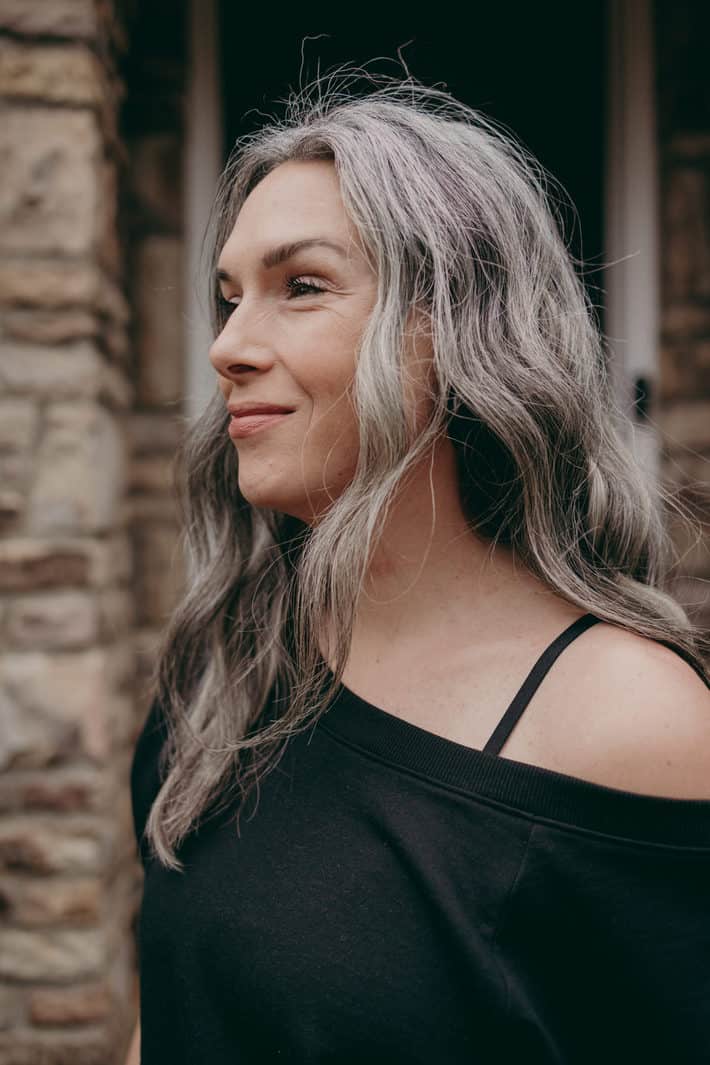
How to shop for sustainable fashion
Long lasting products forever
Anything that claims to be sustainable should last for more than a season. Sustainable clothing can still be trendy or statement-making, but it has to be usable for more than a few wears, or it’s just as harmful as fast fashion.
To that end, it has to be made of a quality that will survive many washings, tons of wearings, some spills, pilling and friction. Ideally, the piece is made well enough to be handed down or rehomed, shared among friends or family members like a piece of jewelry.
I have some sweaters that belonged to my grandmother, made of cotton and cashmere, that are so well-constructed that I hope to share them with my kids—generation FOUR for these sweaters—in a few years. That saves space in landfills, saves us money and helps decrease all the waste involved in mass-produced products that get shipped all over the world and are often not all sold.
Kind to the earth: responsibly grown or sourced materials
A brand can use organic cotton, but if they then dye it hot pink using a dye that is harmful to people and the planet, it’s not really sustainable. If they are using deadstock materials and telling consumers that fact alone makes the brand sustainable, that’s dishonest.
There are third-party certifying bodies, just as there are for cosmetics and skincare, that evaluate a brand’s actual practices and help consumers know what’s actually happening behind the scenes. Some certifications we look for are GOTS (the Global Organic Textile Standard), B Corp Status, Fair Trade, GRS (Global Recycled Standard) and Cradle to Cradle.
Much like the certifications for cosmetics, none of these is perfect, and some certifications are not attainable or worth the expense for some smaller brands. But when a brand goes the extra mile to get a certification, it certainly demonstrates some commitment and effort. (Check out YesAnd and WVN if you like brands that have a lot of certifications!)
The carbon issue
Obviously, this goes along with “kind to the earth,” but the issue of carbon specifically is a big one with fashion brands (and beauty brands)—basically with any consumer goods that have to be transported from manufacturer to warehouse to sales location to consumer.
There are a lot of ways a brand might address their carbon footprint and/or climate impact (see MATE the Label for an example of this done well), including partnering with third parties to offset carbon emissions.
Transparency
If you can’t find information on a brand’s materials, sourcing, policies or values, that’s not a great sign. Brands want to—and deserve to—brag when they’re doing things right! Consumers want to know about the awesome packaging and the zero-waste initiatives and the upcycling possibilities that a clothing brand offers and supports. If they’re not talking about it, it’s probably not happening! Watch out for that.
DINO Apparel Designer & Founder Suzanne Rijneveld recommended a few sites for us that provide excellent context on transparency and are a great place to start if you want to research a sustainable brand:
- Good On You is a website that rates fashion brands based on criteria that evaluate how the brand impacts people, animals and the planet. Says their website, “Our key data sources are brand and parent company reporting, robust third party indices (e.g. the Fashion Transparency Index and CDP Climate Change and Water Security projects), and independent certifications, accreditations and other standards based systems (like Fair Trade, Cradle to Cradle, OEKO-TEX STeP and the Global Organic Textile Standard).”
- Fashion Revolution is “the world’s largest fashion activism movement, mobilizing citizens, brands and policymakers through research, education and advocacy.”
- re/make.world accountability report, “a 501(c)3 organization that empowers citizens to advocate for fair wages and eliminate environmental injustice in the fashion industry. As a non-profit and independent third party, we take no money from brands and charge no auditing fees.”
- PayUp movement, which tracks brands to ensure that they are paying and treating their workers fairly and keeping them safe. “PayUp Fashion is tracking major fashion brands and retailers’ commitments toward meeting our 7 Actions to advance garment worker rights. We’ve included a majority of the world’s most profitable apparel companies (as just 20 control 97% of industry profits) and a few other brands who market themselves as ethical and sustainable.”
Racial equity, social justice, and representation
Beyond organizations like Pay Up and Fashion Revolution that make sure employees and makers are treated well, we want brands that are treating the consumers and the culture well. For example:
Can people see themselves in the brand? Are BIPOC models included in the messaging? Does the brand show you what the clothes look like on REAL bodies, not just supermodels? Are the clothes flattering and available for a large range of sizes and body types?
Ideally, this should encompass size-inclusivity. We recognize that this is often challenging for newer brands to achieve right out of the gate, until the brand is a little more established, and that this is a society-systemic issue that cannot easily be solved in small-batch companies, but which must be addressed overall. (See LOVETRUST for discussions on why this is hard for smaller brands just starting out.)
Yet we do really honor, appreciate and applaud the indie brands that find a way to be more size inclusive from the get-go. Hats off to ace&jig and Tradlands who are particularly great for this, as it’s vital to accurately serve all consumers.
10 sustainable fashion brands we recommend
“A sustainable brand looks through the lens of protecting both people AND planet—making sourcing and other business decisions that are not just about doing less harm, but instead, about doing more good,” says Marci Zaroff, founder and CEO of ECOfashion Corp, which includes the brand YesAnd.
We couldn’t agree more. Here are 10 brands we believe are not just doing less harm, but are also truly doing more good.
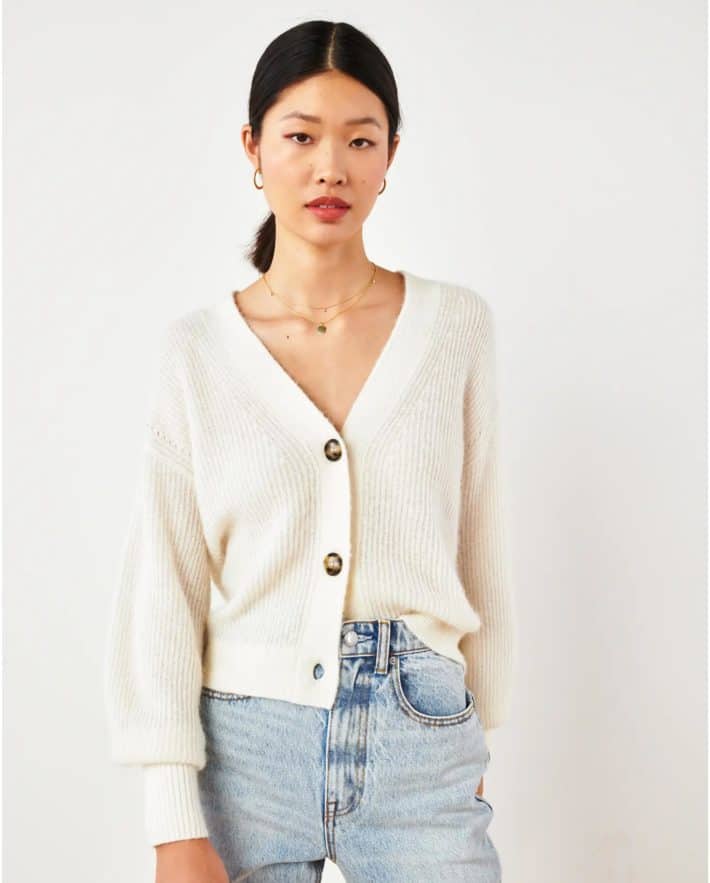
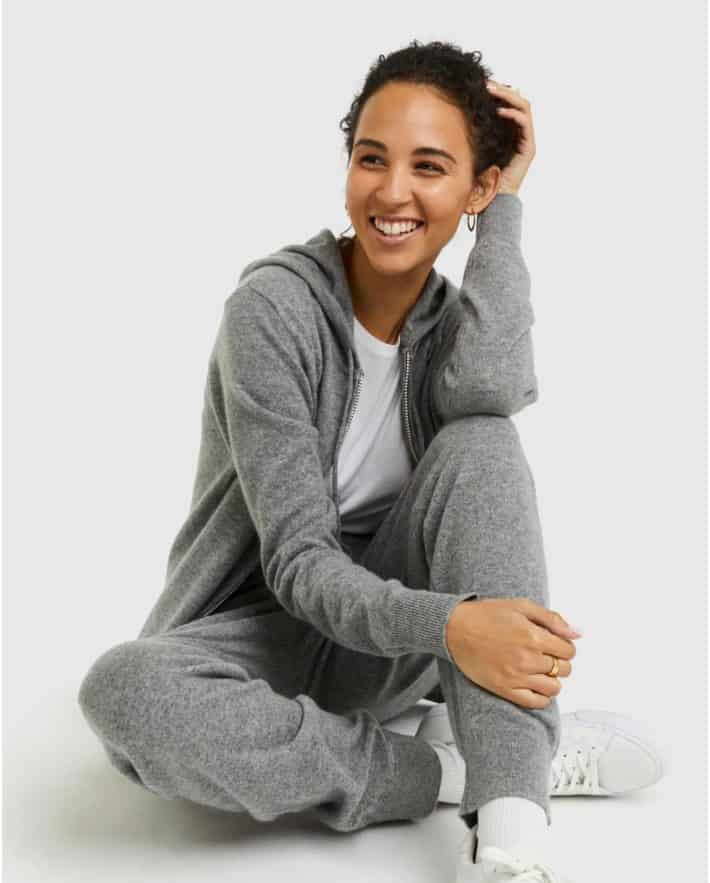
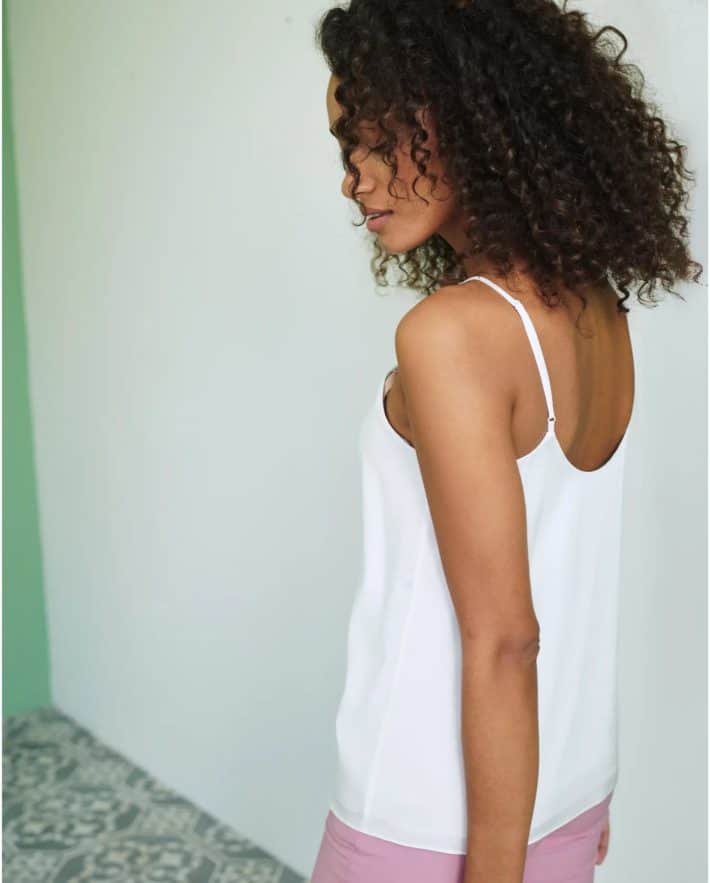
Quince
Antonieta Moreland, head of branding for Quince, tells us that the brand is, “on a mission to democratize high-quality essentials and make luxury products accessible for everyone, without the high markup.” The brand does this using a “manufacturer-to-consumer” or M2C model, which cuts out middle steps—retail, transportation, storage—that can make fashion both expensive and hard on the environment.
“Quince works with the top factories across the globe, all of which reflect our sustainable and ethical core values. Our partners are a mix of mid-sized, family-run operations and larger operations that employ rigorous ethical standards, ensuring that our products are of the highest quality and sustainability-made,” says Moreland.
“Traditional [Direct-to-Consumer, or] D2C companies work directly with customers by selling their products through owned channels instead of traditional retailers, but oftentimes, those same companies do not have much visibility into how products are made or where the materials are sourced. With our M2C model, we not only have direct relationships with consumers, but [we] also have full visibility and insight throughout the manufacturing, design and distribution process.”
My favorite category from Quince’s extensive line of clothing and homegoods is their sustainably-sourced cashmere, particularly this adorable, versatile zip-up hoodie. Quince’s cashmere is Good Cashmere Standard certified and you can read more about the brand’s cashmere process and ethics via their Cashmere 101 summary. In my opinion, the best thing about cashmere in general, and Quince’s specifically, is that, when properly cared for, it will last a long time and can be handed down for generations (or, eventually, recycled when needed).
RELATED: A sustainable summer capsule wardrobe.
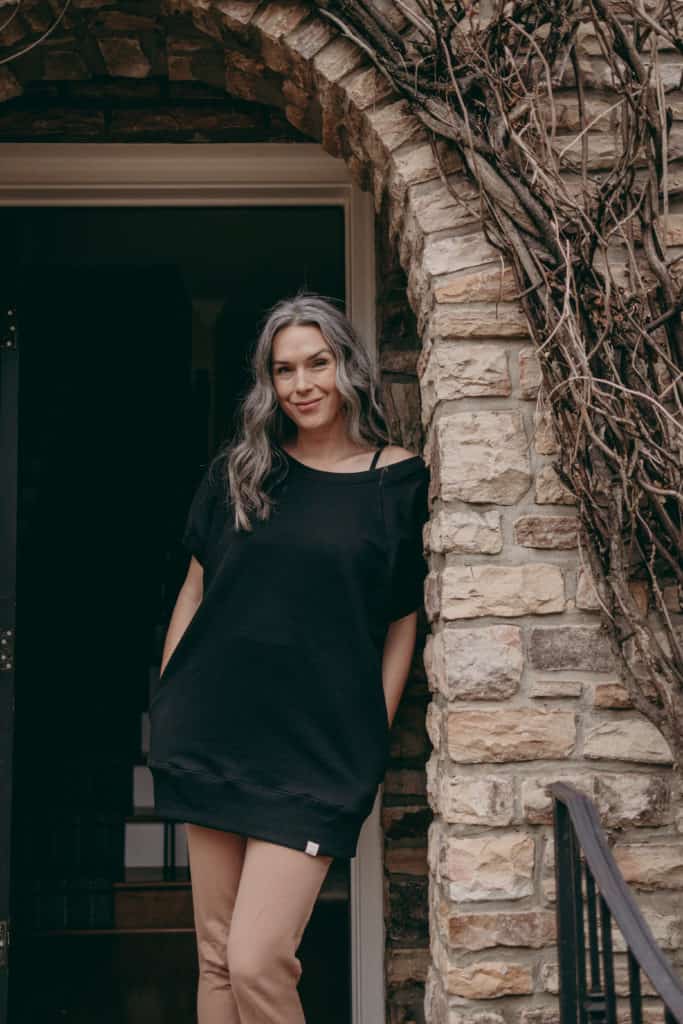
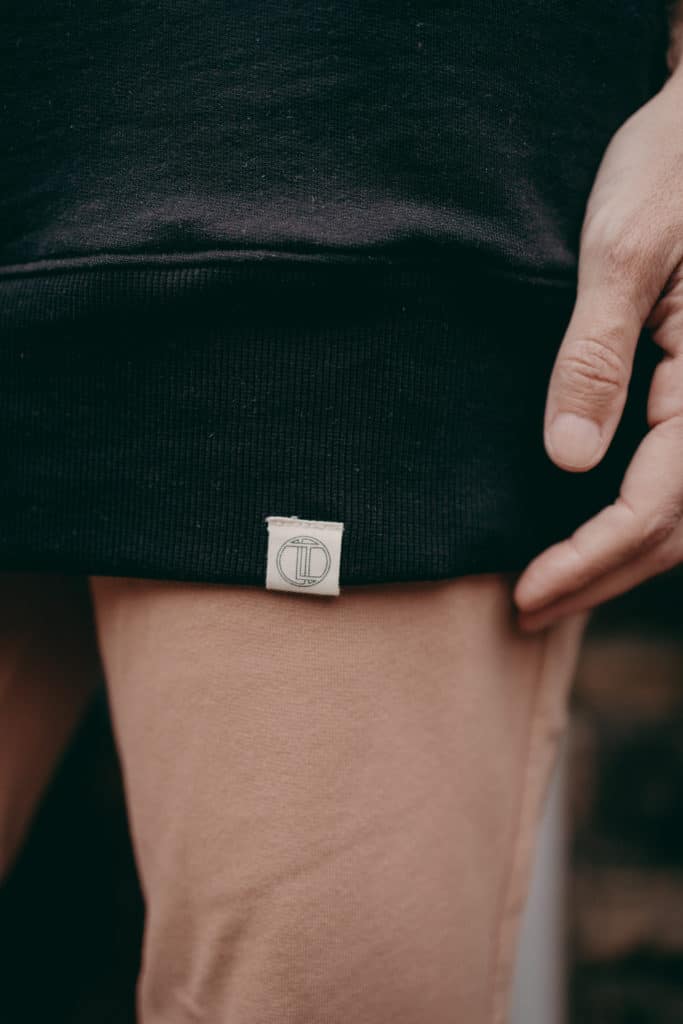
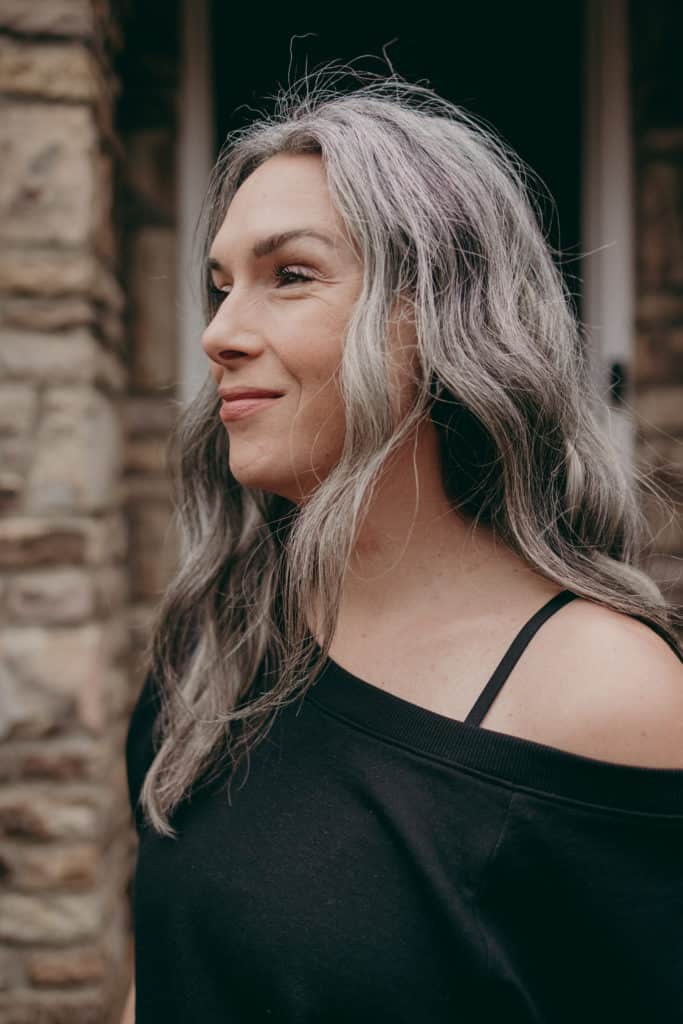
LOVETRUST
LOVETRUST is a relatively new sustainable clothing brand founded by fashion-industry veteran and mom-of-two Melissa Schriver-Mangun. Based in Brooklyn, New York, Schriver-Mangun uses her experiences and observations from her 20 years as a wedding gown and handbag fashion designer to launch her own company in the fall of 2021. She offers a unique vantage point for consumers, as someone who has seen the ins and outs of clothing production from all angles.
“Fashion has been a really closed off, exclusive industry for so long, it’s going to take a long time to peel back that facade and allow consumers to see what’s real and what’s not,” she says.
Naturally, we asked the LOVETRUST founder the basics of what to avoid when prioritizing sustainable purchases of clothing and accessories.
“I think the first red flag consumers can look out for is fast-fashion brands or huge retailers saying they are sustainable,” she says. “If they market themselves as offering a ‘green’ clothing line, that is a reason to take pause. The whole fast-fashion business model goes against everything that sustainable fashion really stands for. Even if they say they are using organic cotton, that’s not nearly enough. And you don’t even know where that cotton comes from, if it’s ethically grown or if the yarns are ethically produced. Plus, if a brand or retailer touts something as sustainable but is also producing tons of other non-sustainable product, it doesn’t mean much. They’re still doing more harm than good and chances are it’s only marketing. In my opinion, mass and over production is the biggest issue in the industry. If a t-shirt costs $20 or less, even if it’s made from organic cotton, chances are it was mass produced for over consumption and that is just not sustainable.”
Schriver-Mangun talks about the challenges of being a small, new brand, and what she hopes to offer in the near future. “We try to be as size inclusive as possible for a small brand. I’d love to eventually offer plus sizes but for now I make sure the fit is easy and comfortable so it works for many body types. Also, we made sure to include XXL in our collections instead of the typical size range of small production runs. I want women with curves and ‘real’ bodies to feel sexy in my designs. It’s all about loving our bodies even though we are not [necessarily] a size 0 [or] in our early 20s anymore. Sometimes clothing can do that for us, help us feel better and more at peace with who we are.”
My favorite LOVETRUST product so far is the stunning KO Cutaway Tank in True Red. I bought TWO of them because I truly want to be wearing one at all times. Working out, meetings on zoom, dressed up with a fancy skirt, dressed for play with leggings—there are so many ways to wear it, and it’s flattering, durable and offers just the right amount of coverage to be appropriate in every situation.
RELATED: The Best Sustainable White T-Shirts
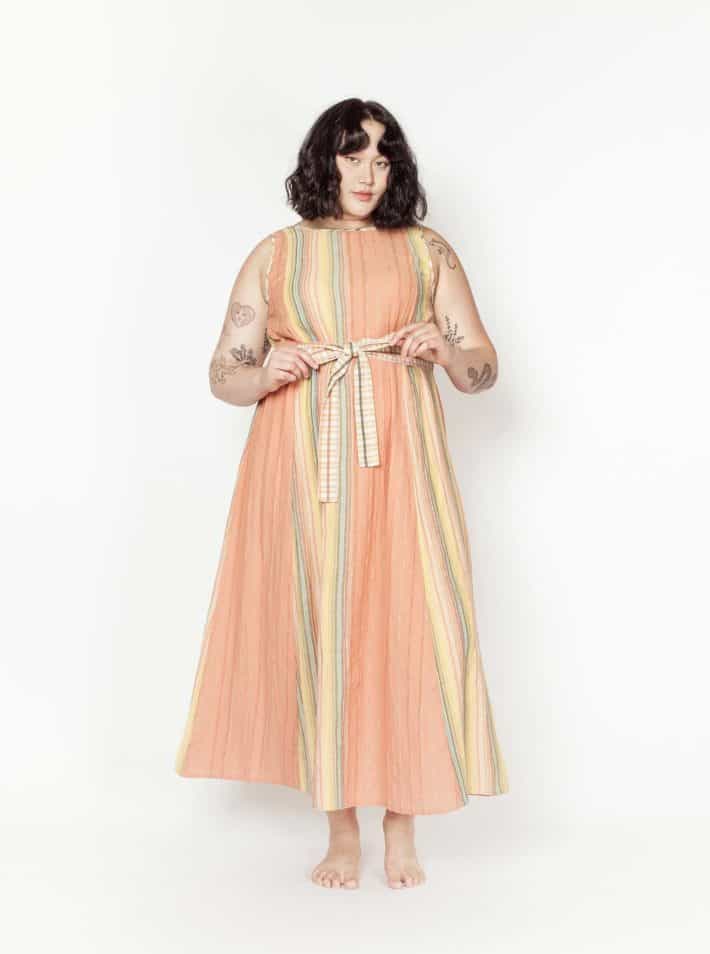
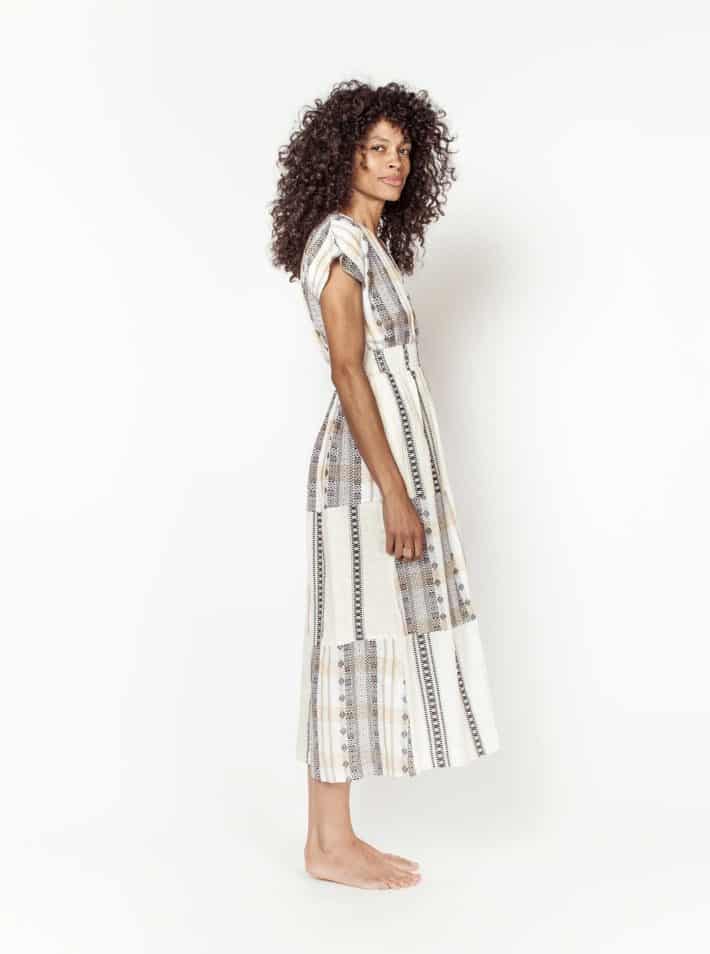
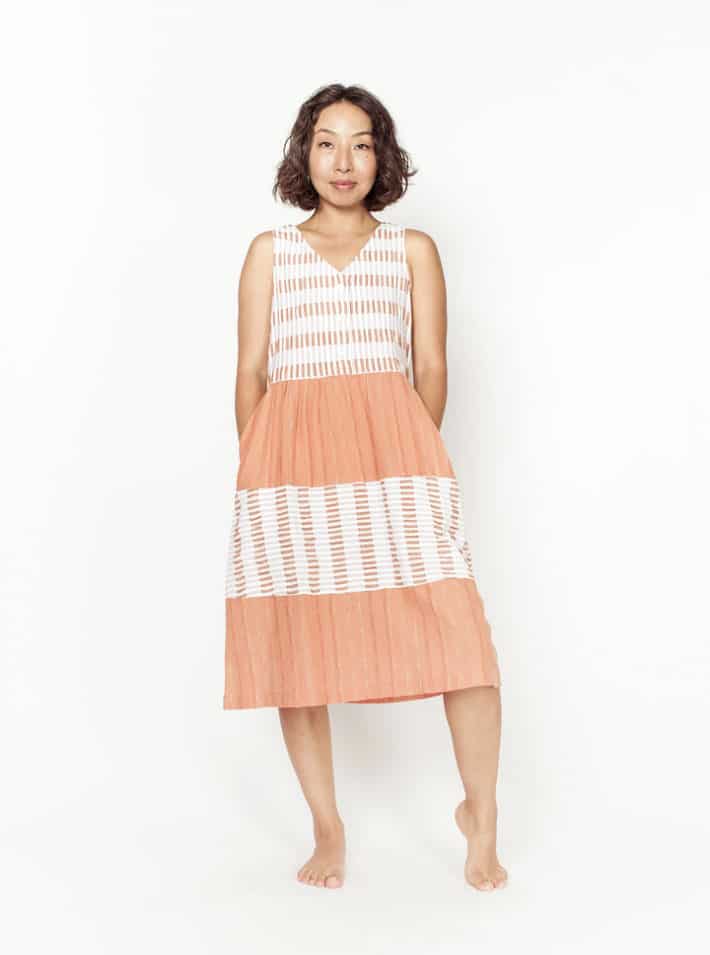
ace&jig
I think it’s pretty rare to find a clothing brand that is not just okay with consumers re-selling and upcycling their clothes, but is also supportive of it! But ace&jig is not your ordinary clothing brand. This handmade textile-driven company was founded in 2009 by Cary Vaughan and Jenna Wilson, two fashion industry vets who wanted to create something together based around their shared love of textiles and passion for sustainable fashion processes.
Their collections are intentionally seasonless and evergreen, and recently, the brand announced an extra-cool initiative to create some collections using their existing textiles instead of creating new textiles in 2021. From the brand’s website:
“This year we are committed to making things more thoughtfully and sustainably while remaining true to our vision. As part of this commitment, we will be making less clothing. Instead of creating new textiles, we will be using our existing resources. Any new styles we design in 2021 will be thoughtfully made from our leftover archival textiles. We are excited to creatively reinterpret these beloved fabrics into a new and heartfelt collection!”
ace&jig regularly auctions off pieces from their archives to benefit various charities like WE ACT For Environment Justice, Black Lives Matter and Emily’s List, and has a really amazing online community of fans who trade, buy and sell their ace&jig pieces that aren’t getting enough love in their own closets.
From selling patch kits and using leftover fabric scraps to make patched quilts, textile flags and masks, to artisan collabs like ProjectThrive and hang-tags that encourage consumers to pass their clothing on to friends when no longer wearing it, ace&jig is majorly setting the standard for how a brand can truly make a difference.
My favorite ace&jig piece? The Rooney Dress has been available in many different textiles across several seasons, and this most recent iteration is made from leftovers of several beloved textiles, combined. This knee-length turnaround dress can be worn with either side to the front, creating two different looks in one piece of clothing. Plus, it’s 100% cotton so you can wash it yourself, saving money and the environment by avoiding dry cleaning.
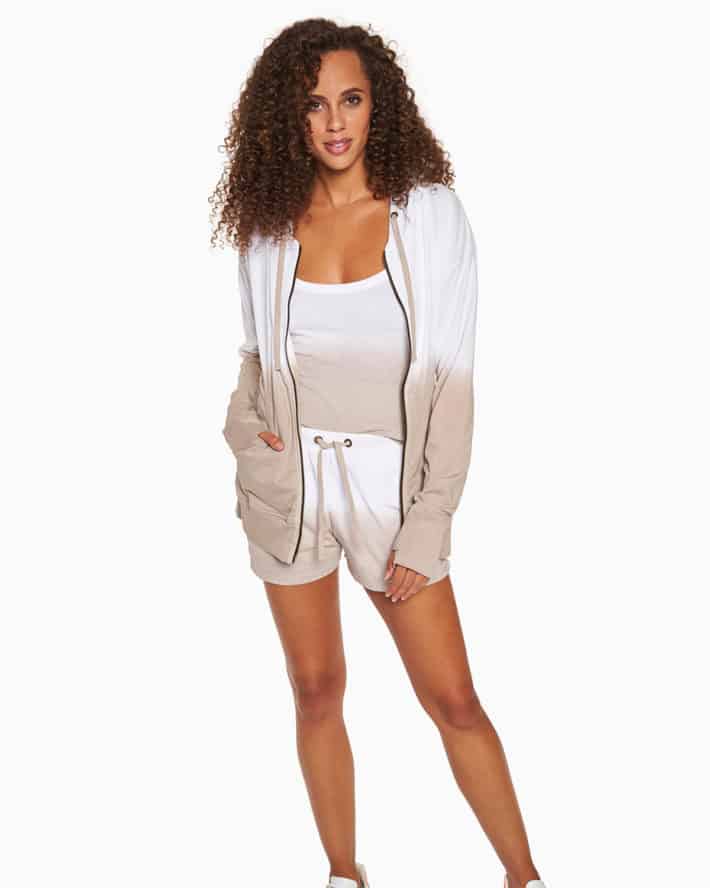
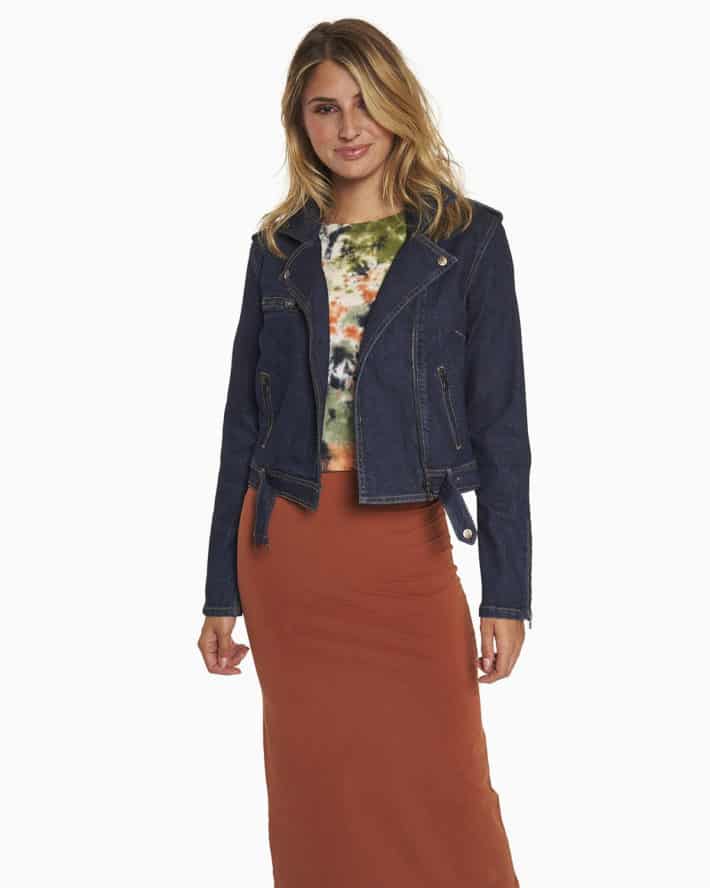
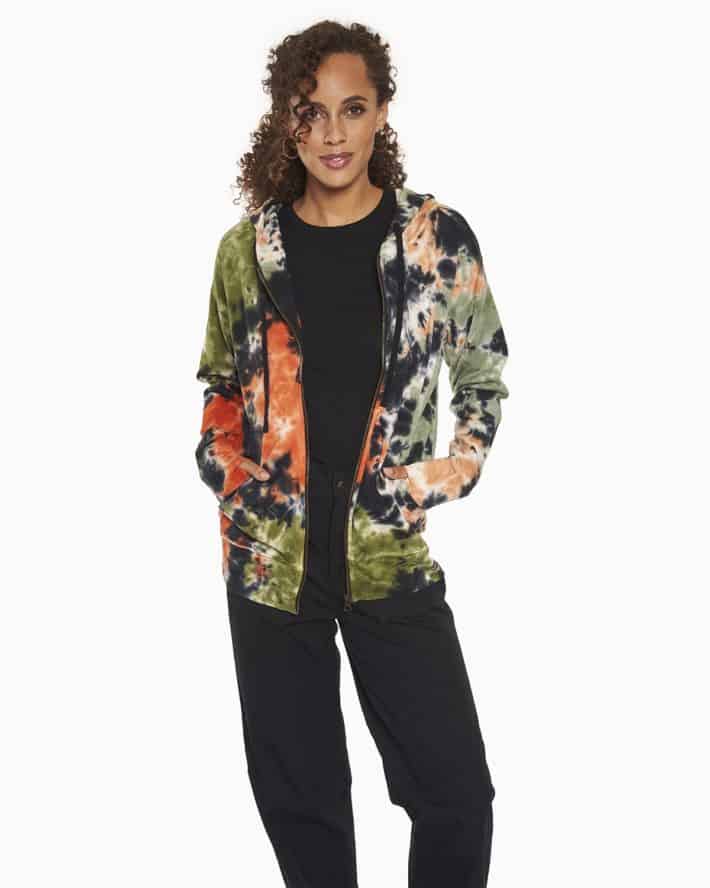
YesAnd
If you want comfy, fun lounge-and-workout wear, YesAnd is bound to be your new favorite brand.
Founder of YesAnd and sustainable fashion pioneer Marci Zaroff is a proponent of New York State’s new “Fashion Act,” an historic step towards supply chain accountability.
“I am a huge advocate for maintaining the integrity of the movement for positive change,” she says, “and since transparency is paramount, consumers should both beware and be aware. One should get educated and be diligent in learning about a brand’s values by Googling and reviewing websites for deeper and truly meaningful efforts, while also reading product labels carefully. Third-party accredited (not self-created) certifications to combat ‘greenwashing’ offer a critical tool to validate a company’s supply chain efforts, and as someone who has helped to develop and launch some of the world’s most authentic and recognized standards, I believe that, while not perfect, these certifications—such as GOTS (the Global Organic Textile Standard), Fair Trade, GRS (Global Recycled Standard) and Cradle to Cradle—verify claims, ensure traceability, and ultimately provide a mechanism to connect source to story at the finished product level—where it really matters.”
My favorite YesAnd item so far is this gorgeous, multi-color tie-dye hoodie. I get tons of compliments every time I wear it, which is, honestly at least every other day! It’s great for exercise, running errands and sending a message that, as the sweatshirt says, “When Women Thrive, The Earth Thrives.”
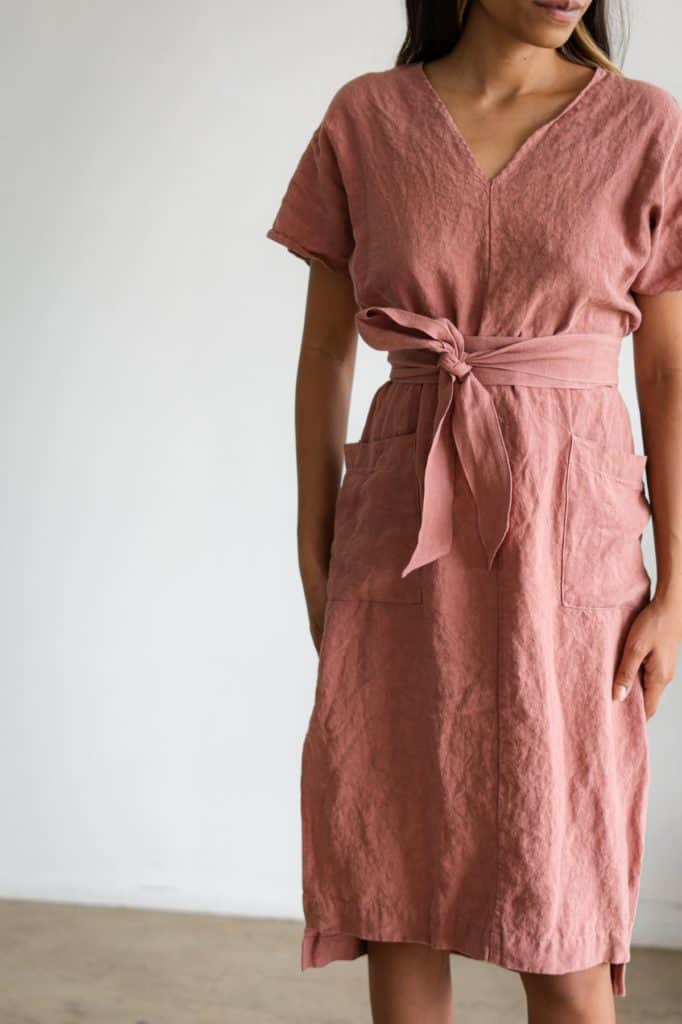
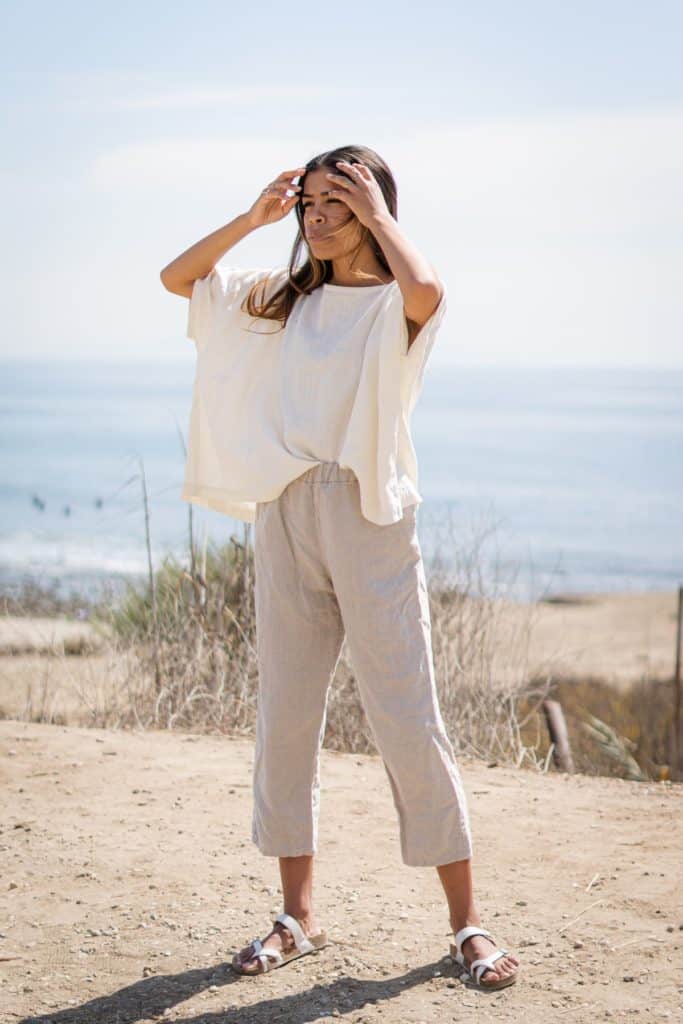
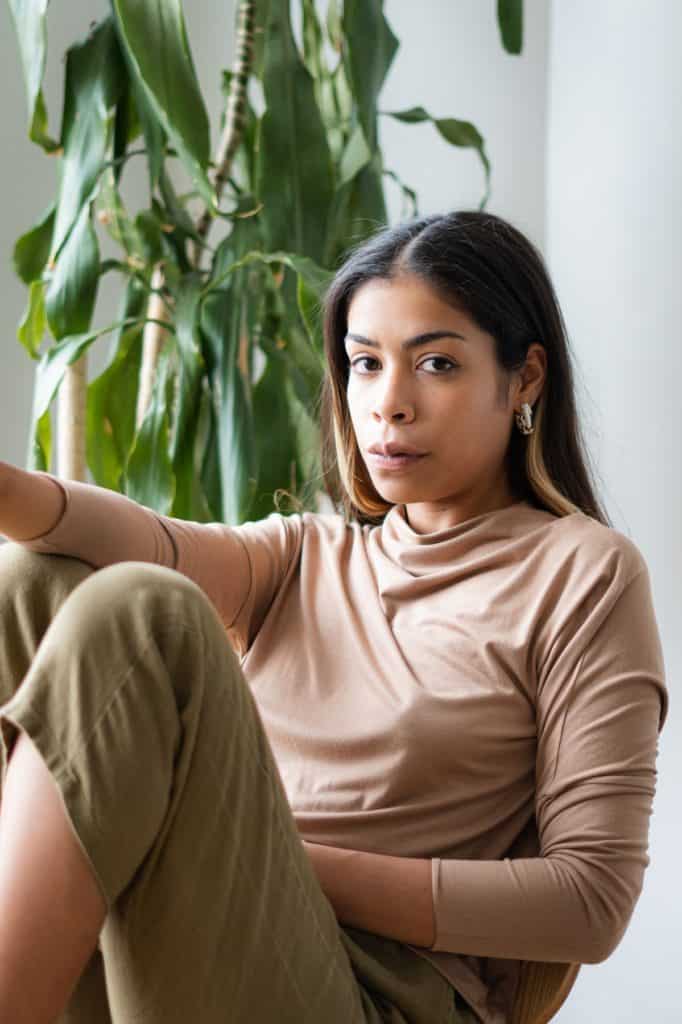
TWO DAYS OFF
This LA-based brand makes both made-to-order and small-batch designs. The brand says, “Two Days Off pieces are ethically made-to-order or in small batches here in Los Angeles, California. We choose to produce this way to avoid waste from overproduction of sizes and colors that don’t sell. This means the lead time for made-to-order garments is at least 4 weeks. During that time we cut, sew and finish each garment with a close eye for detail and quality. For our small-batch runs, pieces are often limited edition, meaning just you and a few others will own it.”
This kind of thoughtful, intentional production is the opposite of fast fashion and an incredible act of sustainability. By operating this way, the brand avoids waste, the consumer is less likely to “buy for the sake of buying something,” and the clothing is way less likely to end up in a landfill.
Plus, why would this clothing ever end up in a landfill? It’s gorgeous! Brand founder Gina Stovall is also a climate researcher, scientist and geologist (!!!!) who started making her own clothes when she couldn’t find anything sustainable that fit her style. Follow her on Instagram to be inspired—she is truly amazing.
My pick from the brand—though it is hard to choose only one thing—is the Vicki Pant. Sure to be a wardrobe staple for many women I know, it’s comfortable, versatile and made from 100% linen.
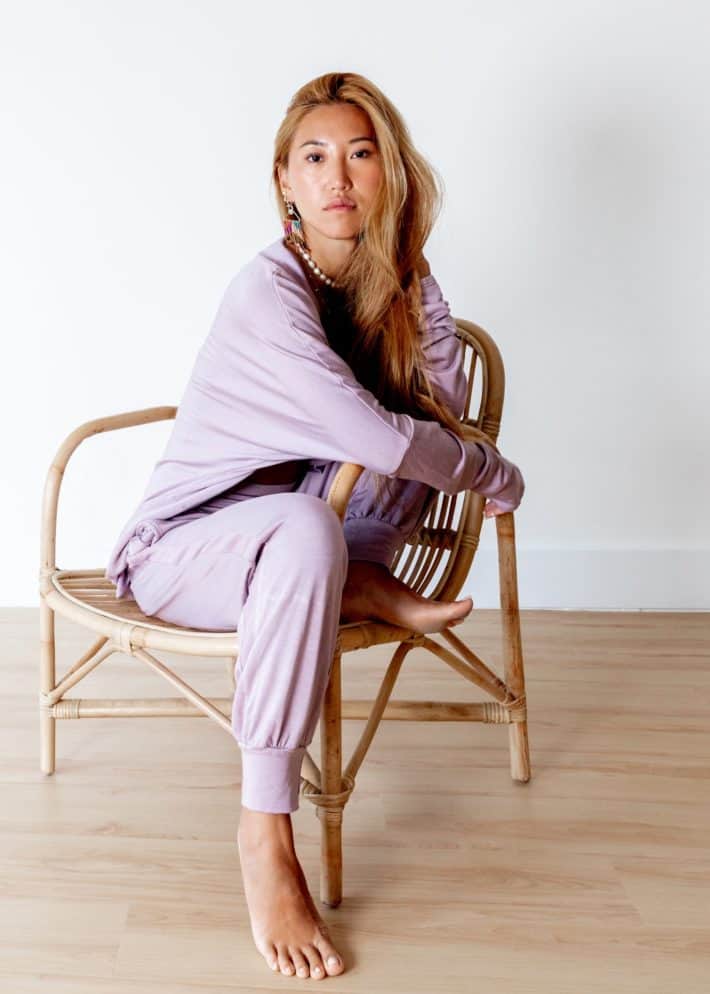
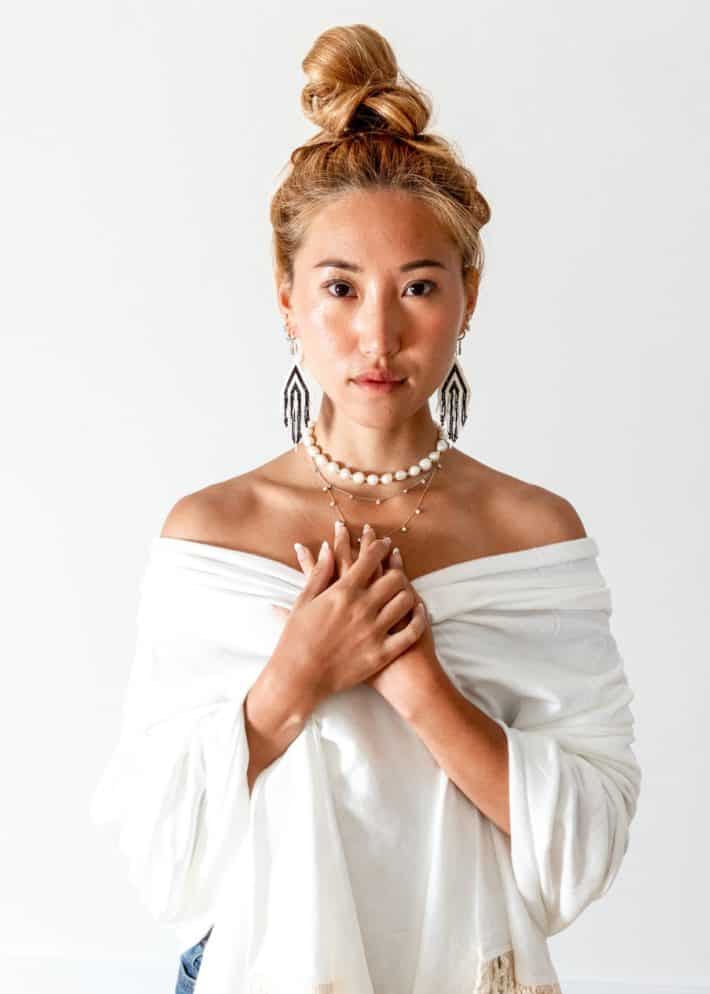
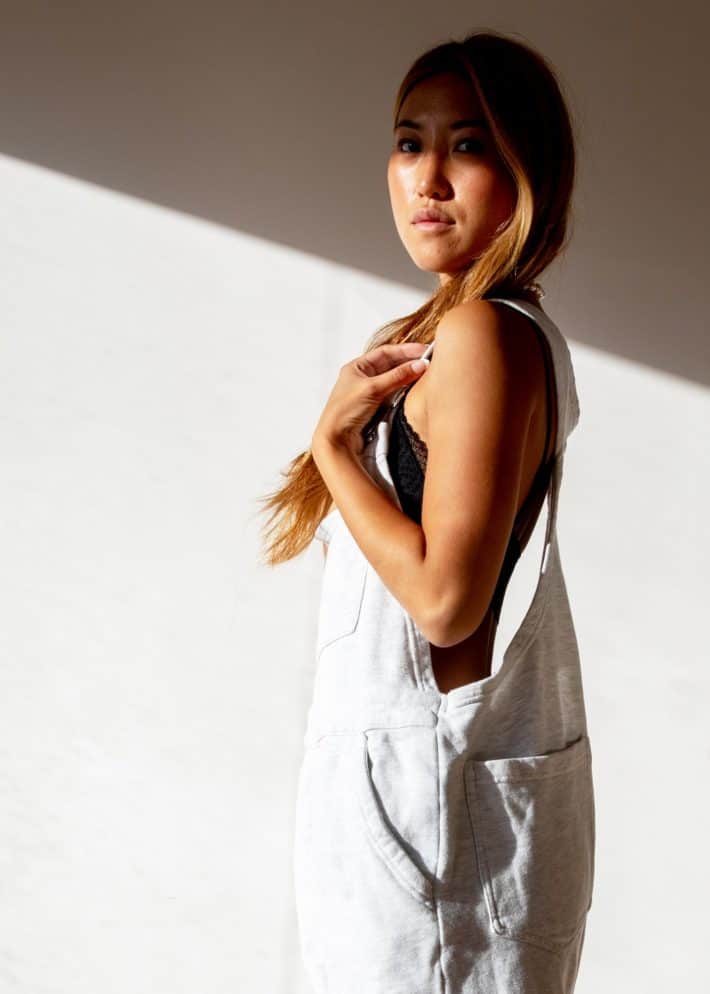
DINO Apparel
I have to be honest: DINO Apparel has been my official wardrobe of the pandemic! I’m lucky I discovered it via Beauty Heroes in 2019, because the brand’s gorgeous, “botanical cashmere” basics have gotten me through the past two years of uncertainty in comfort and style!
What is botanical cashmere, you ask? Suzanne Rijneveld, designer & founder of DINO Apparel, explains, “We make our fabrics in downtown Los Angeles using yarn made of the pulp of the beechwood tree. You might say, ‘how is cutting trees down to make yarn sustainable?’ The beechwood tree is considered the Mother of the Forest for its self-propagating qualities. It doesn’t require pesticides to regenerate, so is essentially chemical free. The process of extracting the pulp from the tree is done in a closed-loop process so that there is little to no excess. Any excess water is used to generate energy for the factory, and by-products are made from any of the excess from pulp-extraction. The fibers themselves are biodegradable, so nature returns to nature. In addition to using natural fibers, we cut and sew in downtown Los Angeles, so we have a very small carbon footprint.”
I truly, seriously live in my DINO sweatsuits, which are any combination of the brand’s many styles of pants and tops. But my must-have pick for everyone I know (and it makes a GREAT gift!) is the brand’s Lush Throw. It can be a wrap or a shawl or a blanket or anything you need it to be. Basically, I never leave home without one. Look out, the Lush Throw is addictive; you will need one in every color for every occasion (and your friends will try and take off with yours, so, like I said, buy them as gifts!).
“Soft clothing that makes a woman feel beautiful from the inside out while integrating seamlessly into her day was simply a manifestation of this search for comfort,” Rijneveld says. “I believe we’re all in search of a soft place to land. Whether that means softening into our own skin, our own jobs, our own busy minds … comfort extends far beyond the tangibles of food, shelter and clothing.”
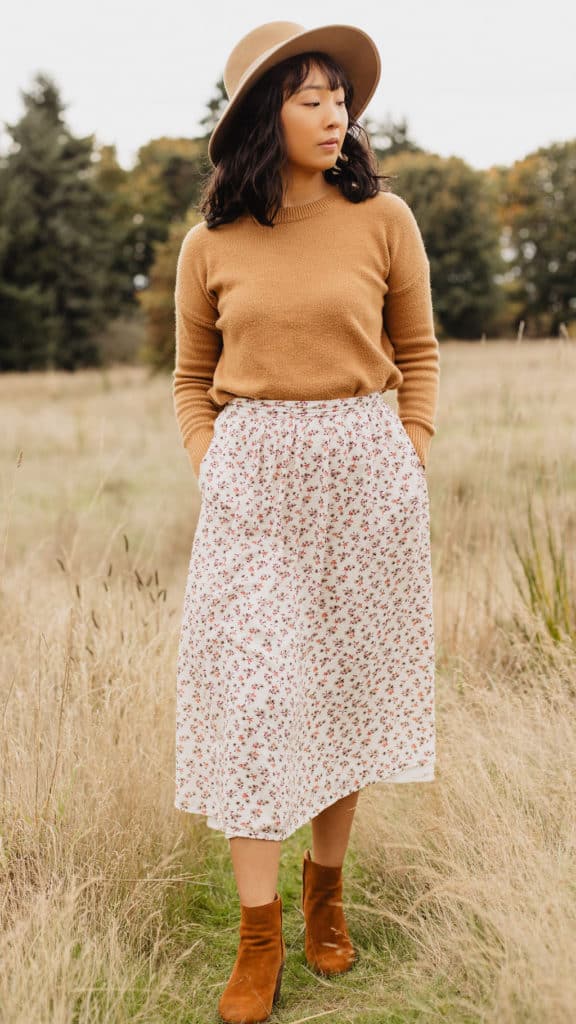
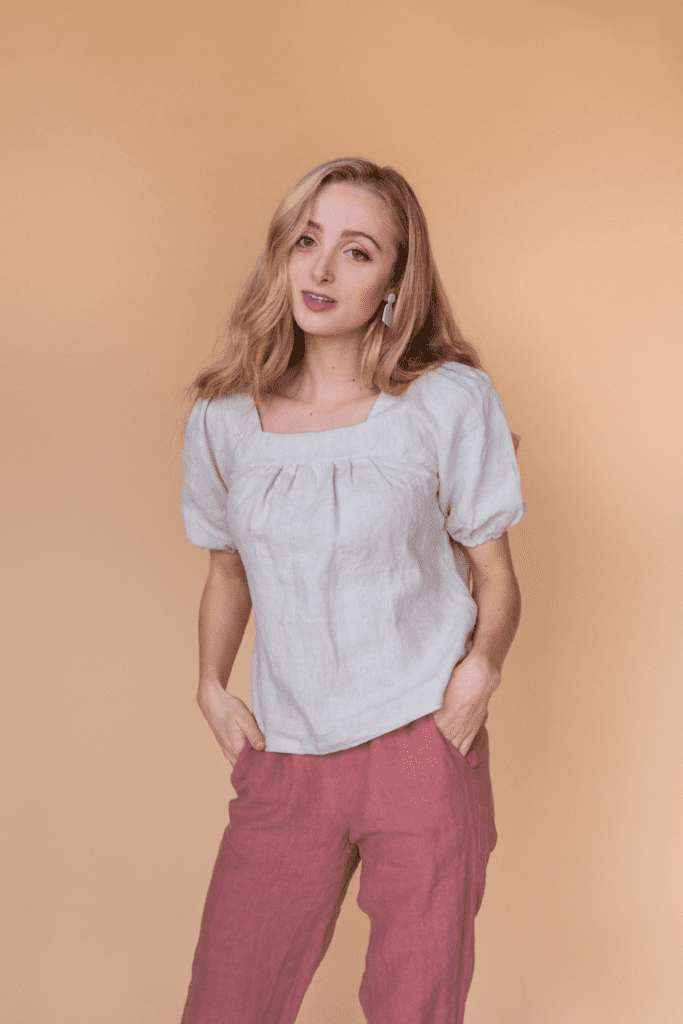
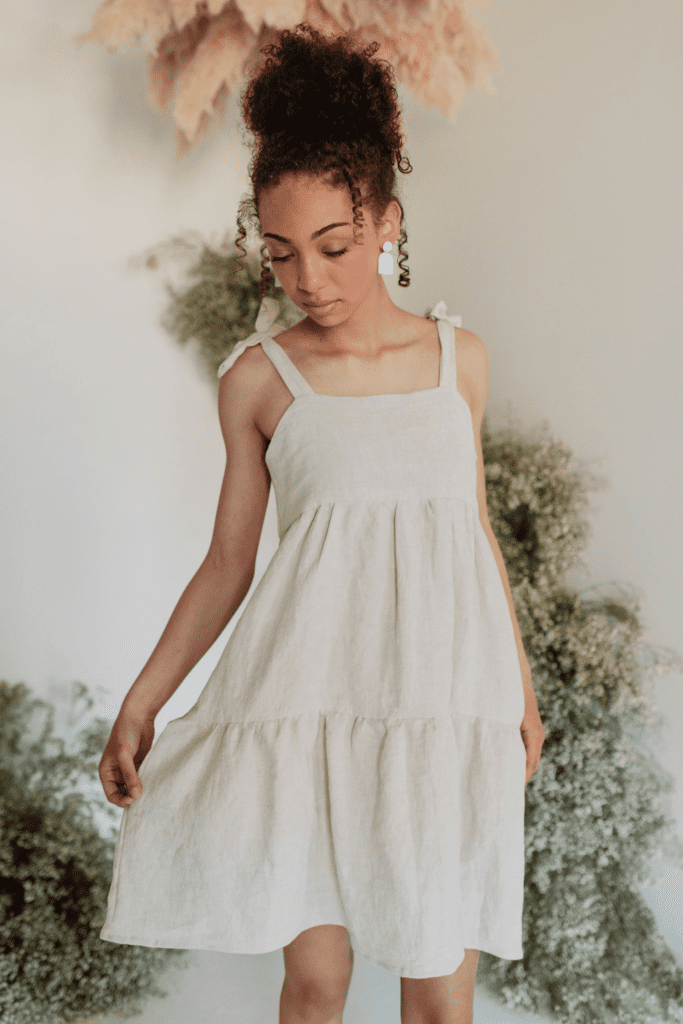
LOVANIE
LOVANIE founder Nics Asawasudsakorn grew up in Thailand, and fondly remembers how she and her mom visited her uncle, a tailor, for dresses that were designed and handmade specifically for them. Asawasudsakorn wanted to recreate this slow fashion philosophy of made-to-order, thoughtful designs, in contrast to the fast fashion all around us today.
She says, “Our society seems to have forgotten the charm of the slow fashion lifestyle and the artisanal craft that my family has experienced in the past.” LOVANIE is a romantic, beautiful return to just that.
But that’s not the only thing that sets it apart from other brands. “LOVANIE focuses on serving petite women who are 5’4” and under,” continues Asawasudsakorn. “The average height for women raised in the U.S. is 5’4, but the standard women’s sizing in the fashion industry was designed to fit women between 5’5” and 5’8”. The options for petite women are even more limited if you are looking for eco-friendly and sustainable clothing. That’s why I decided to focus on serving this niche in the market.”
As a short person myself, I appreciate dresses that are made in the right proportions for my body, and particularly love the Lily Dress, with its adjustable tie straps that further make it perfect for people in height-challenged bodies.
There’s more good stuff—including even more size inclusivity and customization for bodies of all different sizes—coming from this made-to-order brand, too. “We launched the brand with a focus on serving underserved needs for petites,” Asawasudsakorn says. “[A]nd this year, in 2022, we are looking to expand that to regular sizing and custom lengths as well. Having a made-to-order model allows us to be more flexible in terms of sizing and I’m excited about that.”
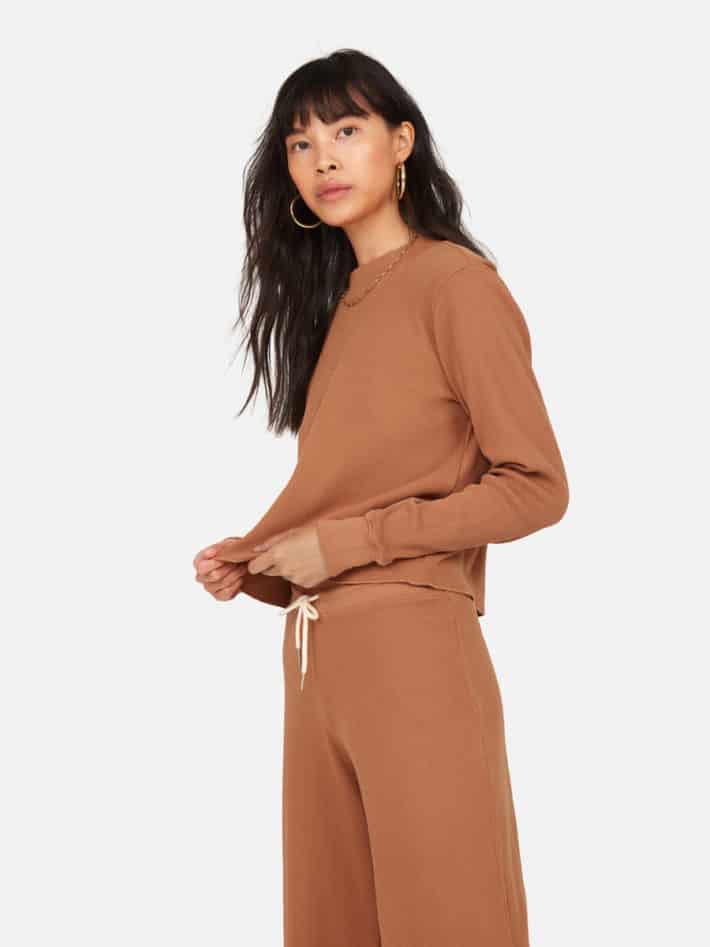
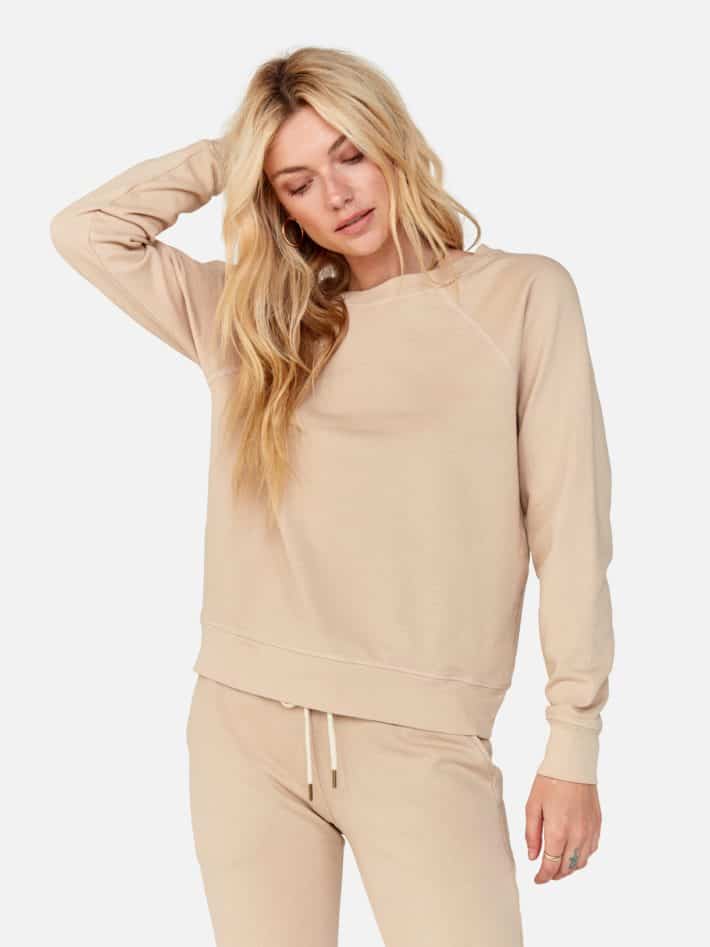
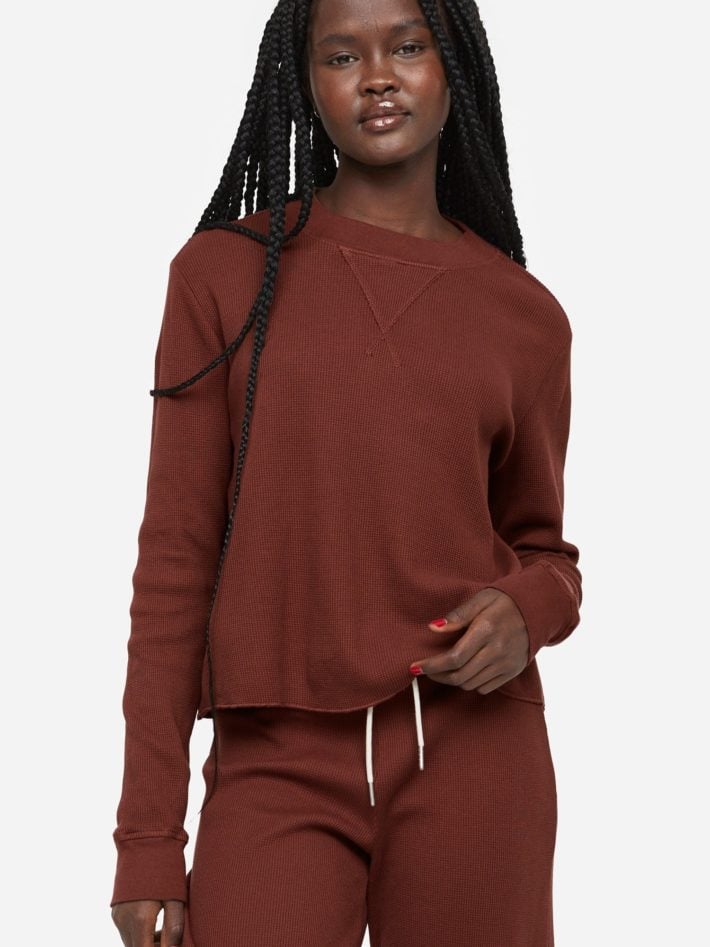
MATE the Label
“MATE the Label looks at the entire life cycle of a garment and how it impacts the environment,” says Tyler Cobian, sustainability manager of the brand. “This means sourcing better materials like organic cotton and TENCELTM Lyocell, shipping by boat instead of plane, using organic dyes, limiting, and in most cases excluding, the use of synthetic fibers, and holding our supply chain partners to a strict social code of conduct. On top of all this we are also committed to carbon neutrality through the Climate Neutral certification and make yearly commitments to reduce our carbon emissions.”
MATE the Label has been EVERYWHERE in my social media feeds for the past several months, and I didn’t think it could possibly live up to the hype…but it exceeded it! With soft, colorful basics that can be dressed up or down, and clear ethical and environmental standards, there is so much to love. I actually first discovered MATE when I was looking to replace my beloved thermal Ts from a decidedly not-sustainable brand with something more consciously made. MATE did not disappoint. The brand’s Organic Thermal Crewneck is exactly what I was looking for, and now I want the entire thermal collection, from tie-dyed and boxy crop to shorts and joggers. With a rotating cast of vibrant, fresh colors every season and limited-edition shades across their apparel categories (think workwear and linen in addition to comfy cottons of all kinds), MATE the label is hitting it out of the park.
Plus, I really love Cobian’s advice about how to tell a greenwashing brand from one that is the real deal: “Look at the brand closely, do they put their values on the homepage of their website or hide it in the footer? Are they addressing their carbon footprint and being transparent about their climate impact? Are they partnering with third parties to verify their efforts? All of these are important aspects to ensuring a brand is living up to its messaging.”
Couldn’t agree more, MATE.
RELATED: My Honest Review of MATE the Label (Pros/Cons + Discount Code!)
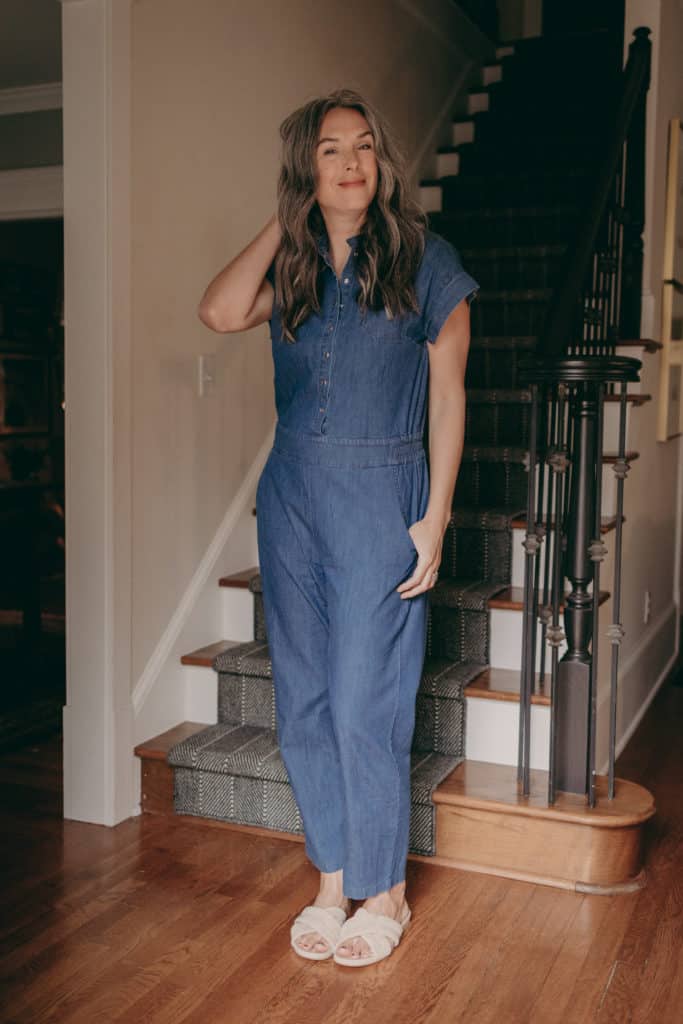
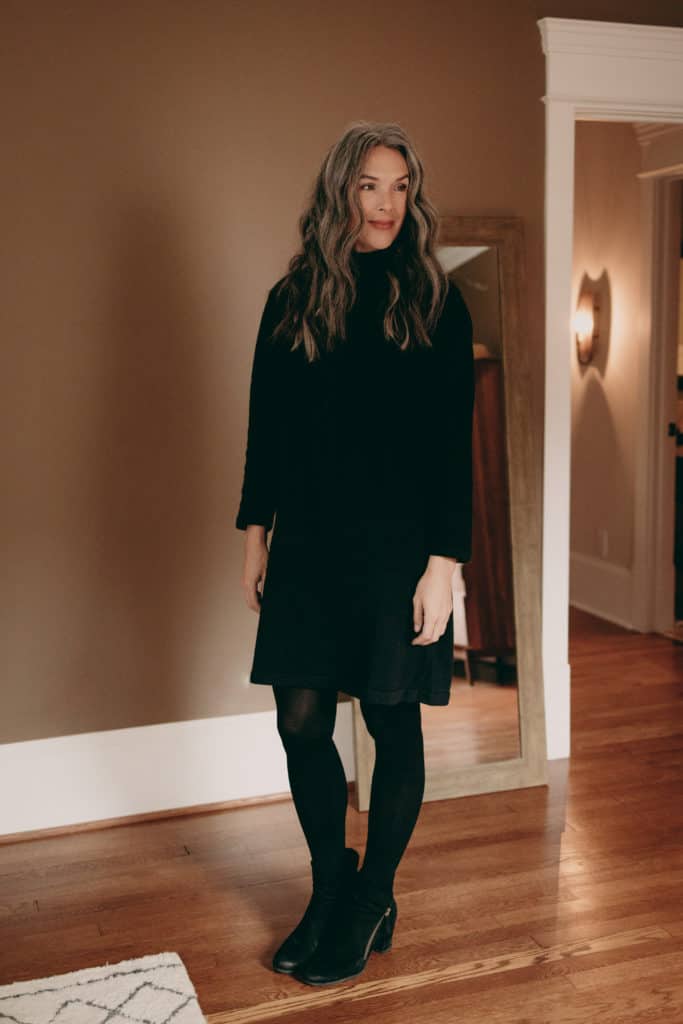
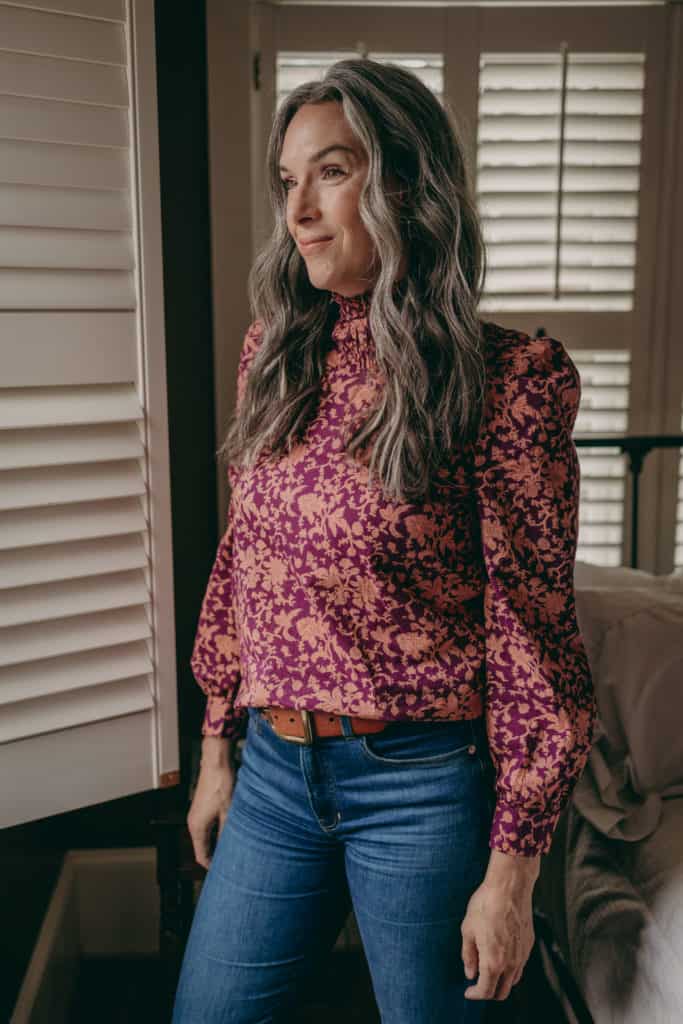
WVN
WVN Creative Director Kate Fisher is not new to fashion or to sustainability. One could say she has worked on both so much, she has perfected the combination.
“WVN was born out of my 20 plus years of working with artisans in India and Nepal,” she says, “and the last 15 years focused on making clothing as sustainably as we can. I wanted to create a brand that met the needs of the modern day woman, in all of her moods and parts of her day, whether when working out, doing school drop off or out for an evening event.”
The brand stands apart from others in the crowded field by having many certifications, including B Corp Status, GOTS and being a member of Fair Trade.
“I also wanted to create a brand that people can trust and feel good supporting,” Fisher continues. “There is so much misunderstanding in who makes our clothing, and I take a lot of care and attention to partnering with the best makers using the highest certified organic fabrics. We extend that same care to the women who buy and wear our clothing, so that she can look great and feel put together and at ease, knowing that the clothing was made with intention in a way that cares for the Earth and the people who made it.”
The brand offers everything from sleep essentials to chic outerwear, and offers discounted product bundles that save you money and also make putting outfits together much, much simpler. I’m personally obsessed with this 80% cotton/20% wool cardigan that reminds me of one sold by a non-sustainable brand at a much higher price point! Trust me—WVN’s version is better and better for the planet!
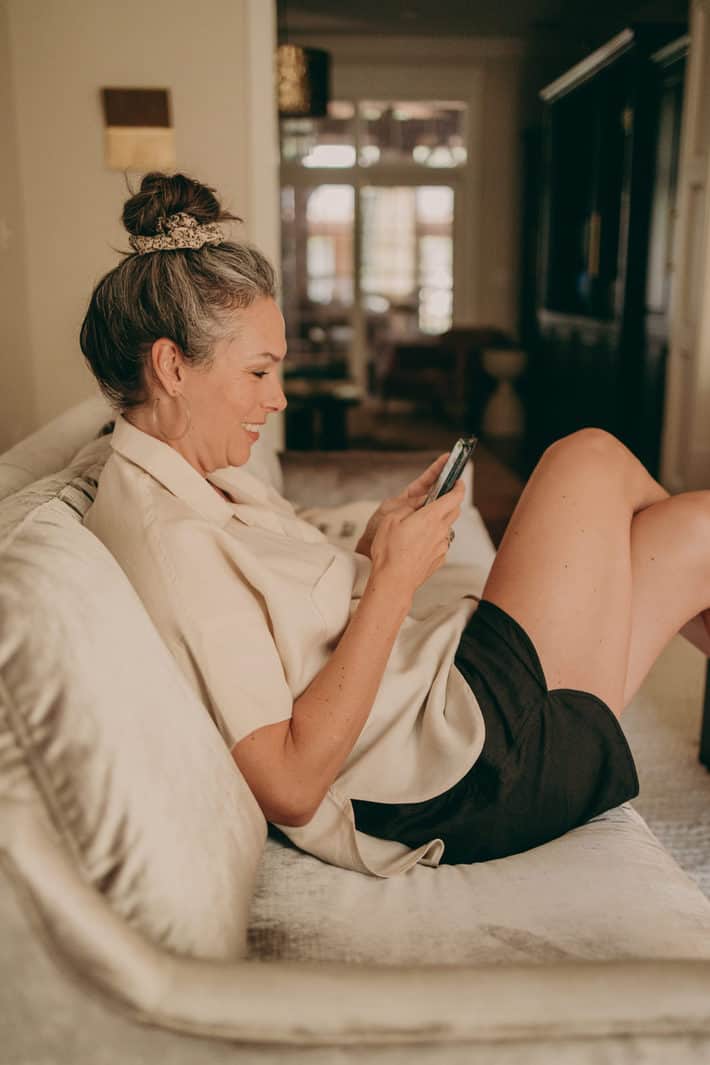
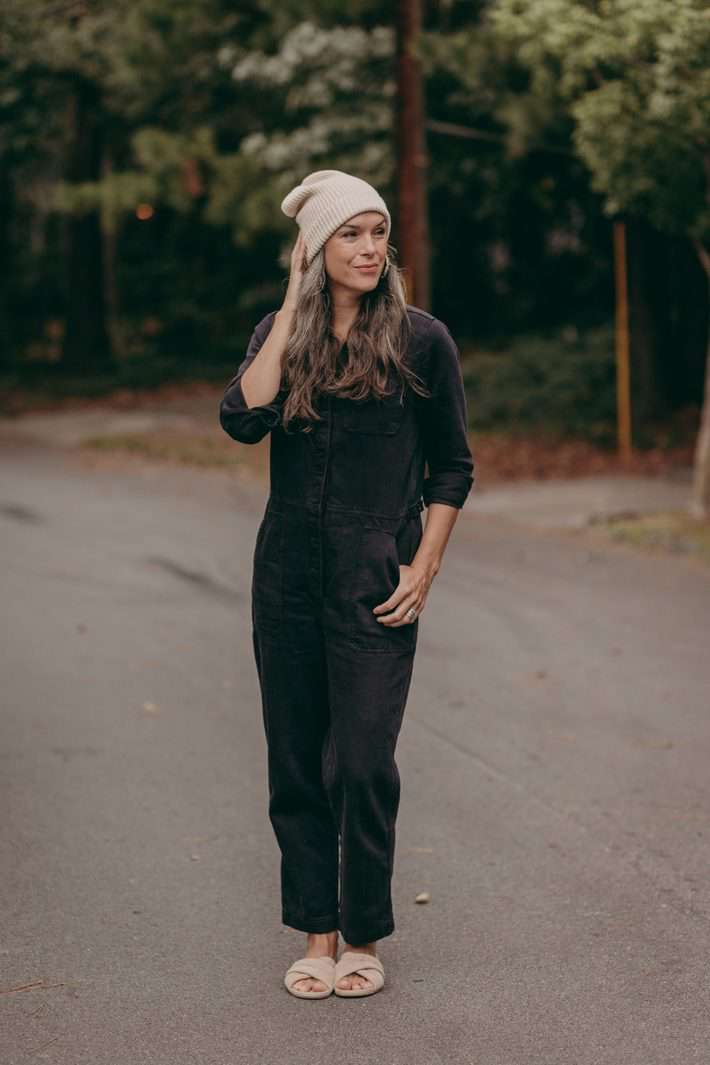
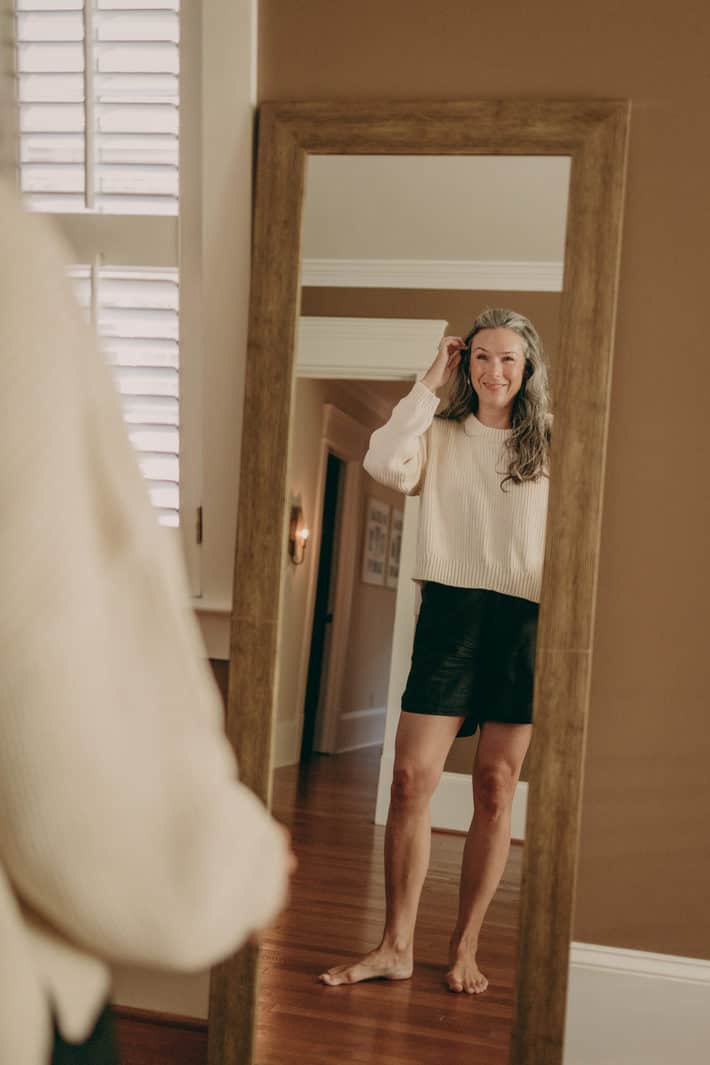
Tradlands
Those of you who follow The New Knew religiously know that our founder, Lisa, is a big fan of Tradlands. She wrote this review of the brand recently, and I wholeheartedly agree with her on everything, especially this: “Tradlands makes essentials that are also washing-machine friendly and designed to last. (Me: You had me at ‘washing-machine friendly’!).” Ha! We really do think alike!!
I love that Tradlands is inspired by menswear. I’m always jealous of the way that my husband can throw on a button-down shirt and jeans and look completely put-together in a very intentional way. Tradlands accomplishes that—their basics are stylish and versatile and effortlessly put-together. You know I’ve never met a dress I didn’t like, so I’m partial to this Tradlands staple, and also cannot get enough of the Worn Well Exchange, where you can buy gently used pieces other customers have loved and traded in! Thrifting plus Tradlands equals perfection!
Beyond the Worn Well Exchange resale system, my favorite thing about Tradlands is the wide-ranging inclusive sizing! Much of the clothing is offered from size XXS to 5X, and the dresses, sweaters and tops are often versatile to fit a range of sizes each. Call up the Sisterhood of the Traveling Tradlands because this brand is just begging to be shared among friends.
Don’t ever let anyone tell you that sustainable clothing isn’t trendy, cute or inclusive again, because I think these 10 brands prove that there’s something sustainable out there for almost everyone. While sustainable clothing still tends to run at a higher price point on average than fast fashion brands, they do offer more durable, thoughtfully-made investment pieces that will last a lot longer.
As LOVETRUST founder Melissa Schriver-Mangun puts it, sustainable brands are always looking to grow and improve. “We try to maintain an affordable price point while also offering the best quality possible. I’m really proud of the quality of our fabrics and garment construction. The organic cotton is so soft and smooth and feels so good! I want to wear it every day! And the price we offer it at is competitive, you honestly get more quality for your dollar than other similar brands. The styles will last forever and will always be in style.”
Antonieta Moreland of Quince agrees. “Our goal is to usher in a new kind of supply chain via our M2C model, which allows us to source sustainable, ethically-made products, without the luxury markup across a multitude of categories to help up the ante on our consumers’ everyday lives.”
I’m always so inspired when I learn about brands like these 10 standouts. With so many women at the helm, so much inclusivity, and so many thoughtful choices about impact on the planet and on the people who make and buy the clothing, I can’t help but feel hopeful for the future. I can’t wait to see (and wear!) what they all come up with next.
What’s your go-to sustainable fashion brand? Share!
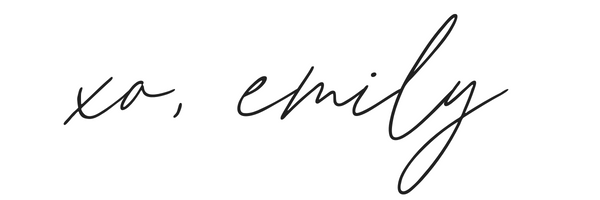
TNK Team Note: This article contains affiliate links. TNK uses affiliate links as a source for revenue to fund operations of the business and to be less dependent on branded content. TNK stands behind all product recommendations. Still have questions about these links or our process? Feel free to email us.

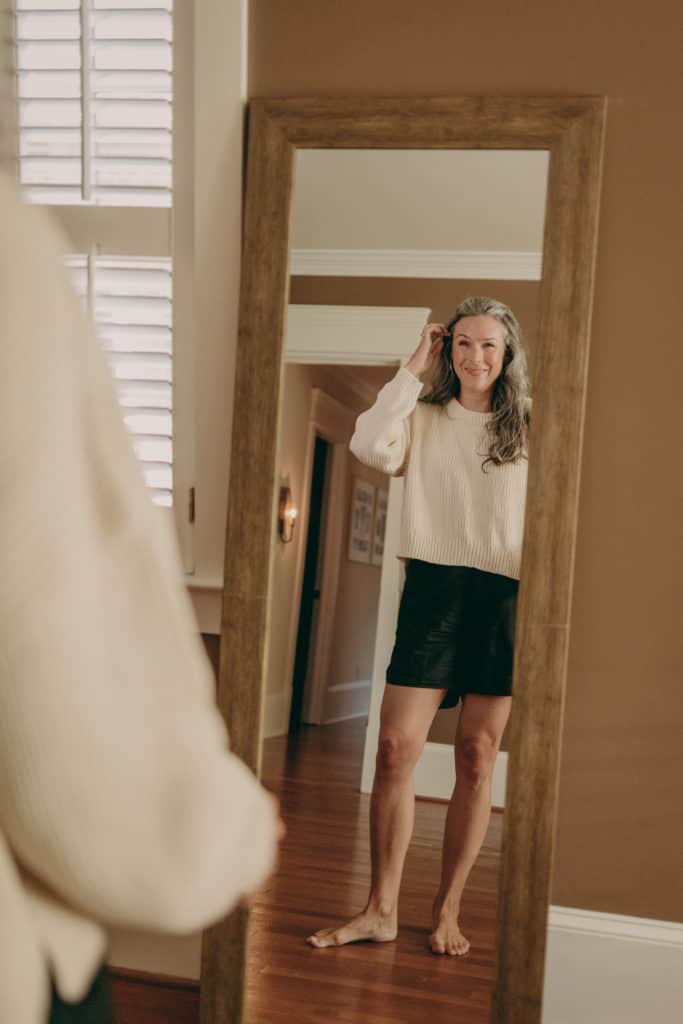
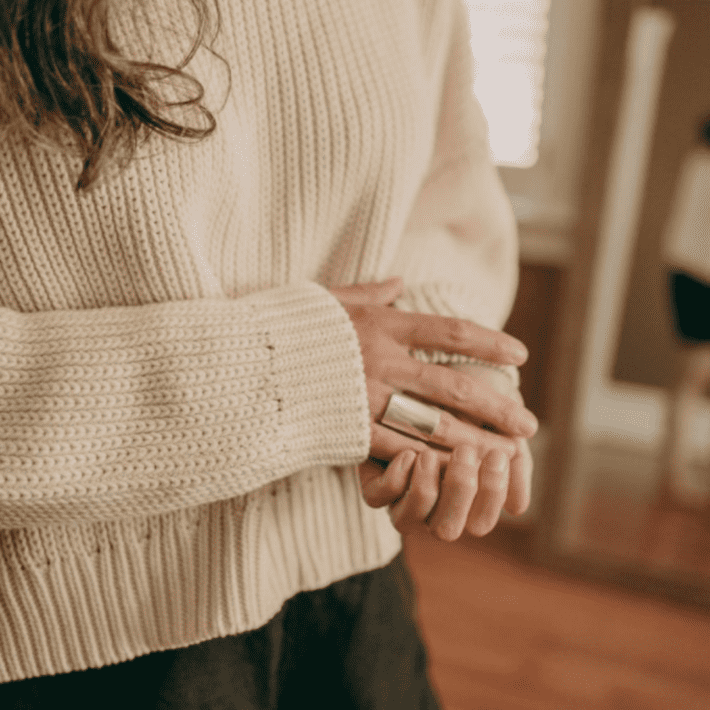
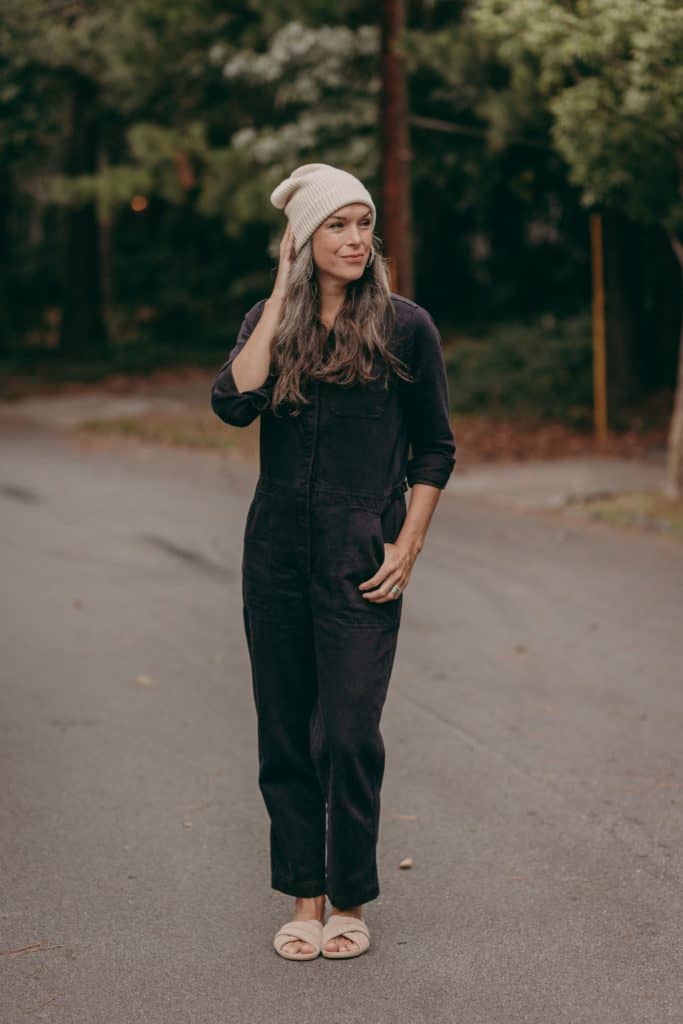
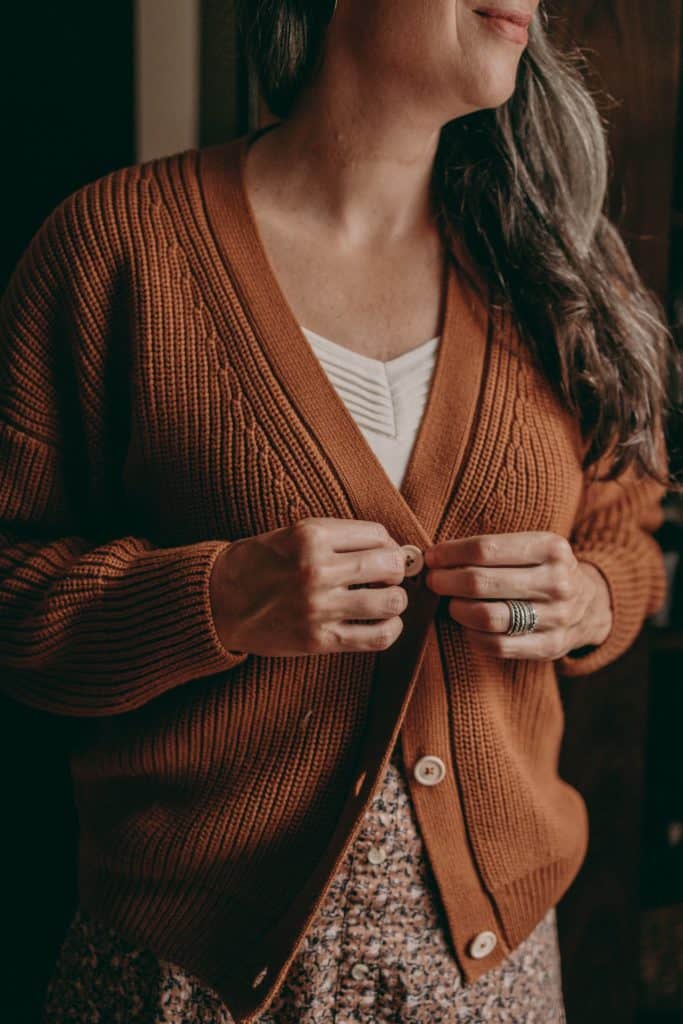
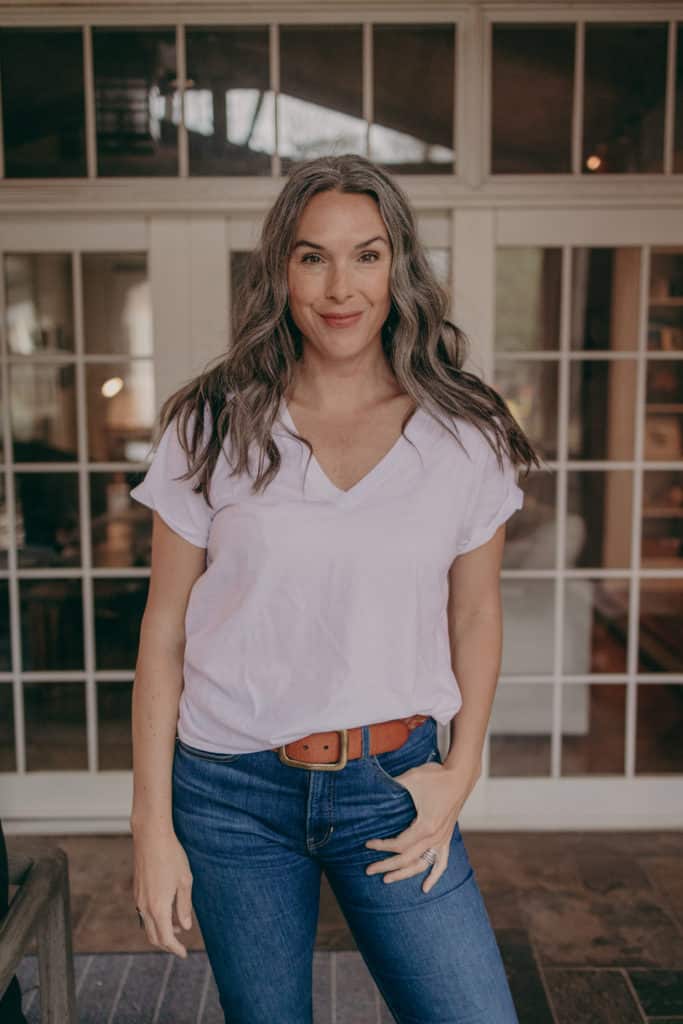
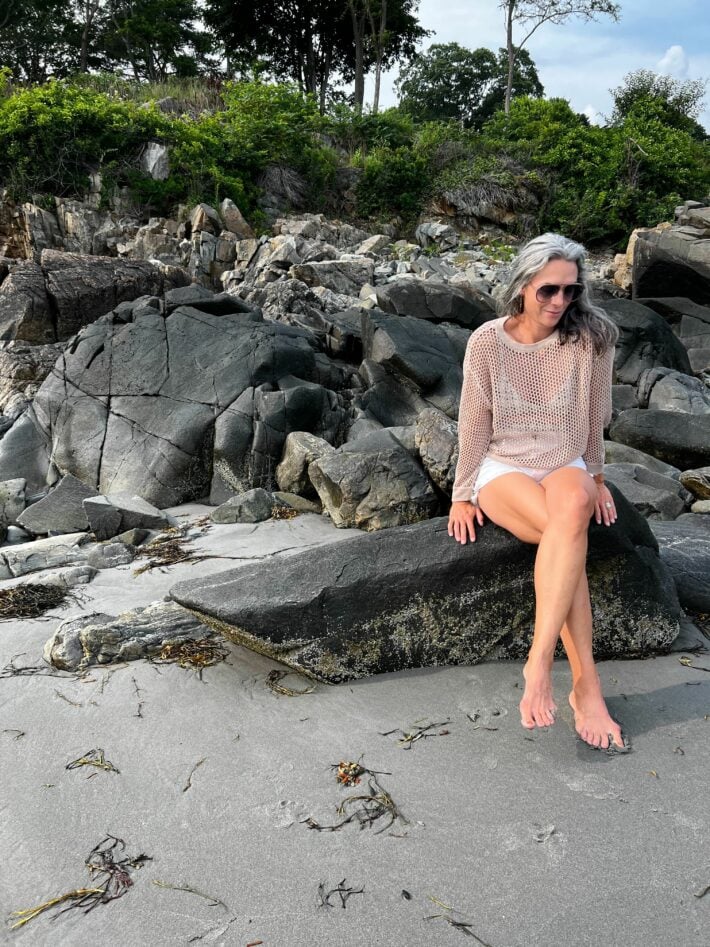
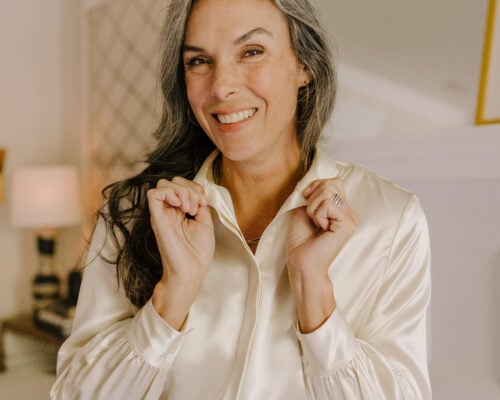
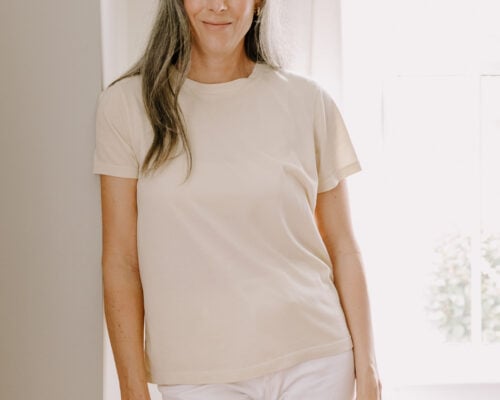
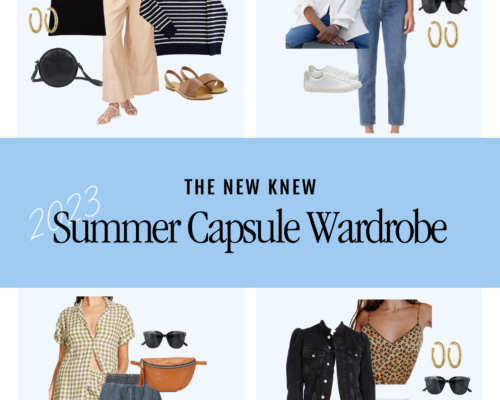
Melinda
February 18, 2022Great post Lisa! Very informative!
Lisa Fennessy
February 25, 2022Thanks for reading Melinda!